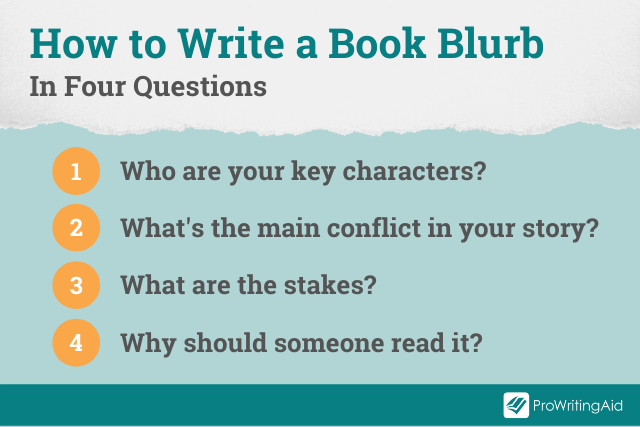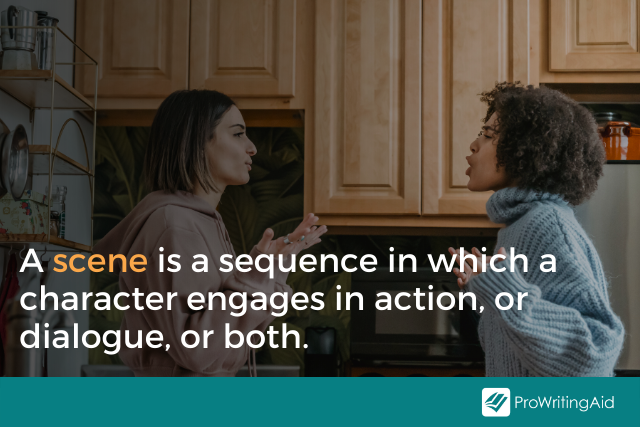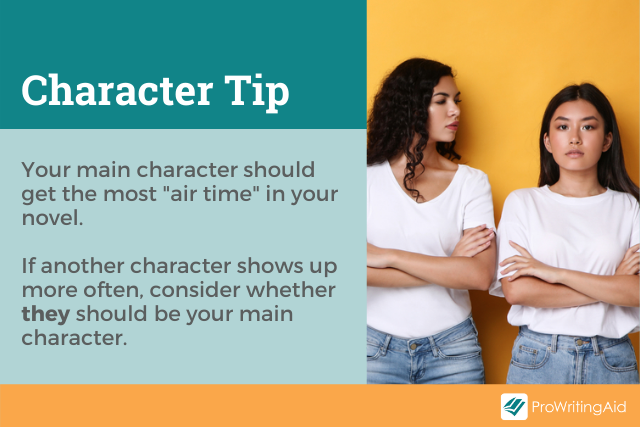Watch JoEllen's live training on 10 Things Editors Look for In a Structural Edit, then keep reading for more tips:
A structural editor shapes the organization and content of your story. The structural edit (also known as developmental or substantive editing) is the most complex, in-depth, and time-consuming stage of editing. Thus, this is where most writers start their editing journey.
During a professional edit, editors focus on the structure of three primary sections of your manuscript. We evaluate your:
- Characters
- Scenes
- Plot
Remember, structural editing is the first editing stage. It is comprehensive and intense. A structural edit provides you with great insight into the strengths and weaknesses of your manuscript so you can revise accordingly.
We gain this type of knowledge through extensive training and certification. Today, I will share with you some of the professional editor’s secrets when providing a fiction structural edit or story edit.
I will outline the first ten things an editor looks for in a structural edit for fiction. This is part of the process we use when coaching fiction writers.
You are welcome to use this as a guideline during your self-editing process. By knowing our behind-the-scenes formula, you will better prepare for and communicate with your editor.
Below is a mildly compressed outline of a very lengthy process. These are the first ten things that a structural editor looks for in your manuscript. However, it is not a complete list.
These are the initial steps in a very in-depth process for creating your strong story foundation.
How Do I Prepare My Manuscript for an Editor?
Editing starts with technical preparation.
To begin structural editing, your editor looks for a firm foundation. Ensure you complete these first three tasks. Without them, a complete structural edit is not possible. An editor could provide some basic line editing or copyediting without these first three steps, but they could not begin a substantive edit of your book’s structure.
If you see a *, then you must complete these initial steps as the groundwork for your manuscript’s structural edit. (Everything else on this list you can outsource at any moment to a professional editor.)
Your editor will look for the following infrastructure.
1. Is your manuscript finished?
Your book’s story needs to be complete. You must submit an entire manuscript. There should be no further outlining, creative design, or obvious plot holes. You are ready to review it as a whole.
- Your story must have a beginning, middle, and end.
2. Have you written your blurb?
Your blurb is essential during editing. An editor uses this as the compass for evaluating every aspect of your manuscript. You can also use this during self-editing to assess your story’s focus.
- Define the purpose of your story. Your blurb clearly outlines your writing aim and method to engage your readers.
- Introduce your character and plot within your blurb. Create some intrigue, but don’t give away any spoilers.

3. Is your book properly formatted?
An editor looks for a clear visual delineation of the scenes. This makes it easier for their essential evaluation of the characters, scenes, and story arc using a word count of each scene.
Once you structurally format your book, it is easier to evaluate the structural dynamics and composition for balance and strength.
- You must format your chapters uniformly throughout the book in the same method that you will submit for publishing.
- Scene breaks also need to be present. They must be uniform and consistent. Traditionally, you enter one line and three centered asterisks.
Once you have written your story, created a blurb, and formatted your book, you have the foundation for a comprehensive structural edit.
Structural editing begins with a technical review. A structural editor looks for technical organization and accuracy of content, along with consistency of style for your genre. This is essential when creating a powerful impact for your desired audience.
After reviewing your technical formatting, your editor completes the following steps. You can also perform these tasks to your best ability during your self-edit.
How Does an Editor Evaluate Book Structure?
The following steps are the tasks an editor completes prior to performing their editorial critique and subjective assessment of the overall presentation. Again, this list is not a complete outline of the entire structural editing process. These are the first ten steps that the editor reviews.
4. Have you outlined your scenes accurately?
Editors look for a clear outline of your overall story, ensuring each scene is essential and contributes to the overall story arc.
To replicate this step, you should:
- Give a name to each scene
- Use the scene names as a table of contents for plotting the story arc
- Evaluate the scene as part of the plot

5. Are your characters balanced and essential to the scenes?
Editors judge your characters’ importance to your plot. Does every character have a purpose and a goal?
To do this, they identify the characters in each scene to see how often each character appears throughout your novel. This allows them to assess whether you have balanced their role with their participation level in your story. You can then adjust as needed.
To test your own characters, do this:
- Create a list of names of all your characters
- Eliminate any misspellings or confusion
- Outline the character roles
- Designate the antagonist and protagonist
- Identify each character’s presence and purpose in each scene
- Specify the point of view (POV) for each scene
- Ensure that the POV matches the purpose of the scene and the character’s presence
6. Have you created a strong story arc?
Editors evaluate your plot’s structure against the standard story arc form.
They will identify and locate the position of your key scenes within your story to create a story arc. The form of a strong, lasting story has been around since the beginning of time. If your story deviates too far from this general pattern, your editor will recommend some changes.
You can check your own story arc by identifying these five key scenes:
- Inciting Incident—The scene in which your protagonist’s world changes significantly.
- Plot Point 1—The scene that changes your protagonist’s world permanently. Their desire leads them on a different path. It is the point of no return.
- Middle—This scene is where your protagonist switches from being reactive to the events and becomes proactive. It includes a significant event that keeps your story exciting and engaging.
- Plot Point 2—This scene is normally a low point for your protagonist where they become determined to win or they will lose everything.
- Climax—This scene is your protagonist’s ultimate battle to determine their fate. It contains the most conflict of your entire story.
Use your outline of scenes to create your story arc and compare with the standard form.
A story editor assesses your narrative arc for balance. During the structural edit, they look at the word count and key scene allocation. They then evaluate your content using this information.

7. Are your scenes and characters well balanced?
Your editor is looking for balance. If a scene has more words, it should be more important. The same rule applies to characters and their overall presence in more scenes.
First, you count the words per scene and the words per character. Once you have these, compare the totals for each with their purpose and significance within your manuscript.
You can use professional editing tools or general software to capture the word counts for each scene.
Now, evaluate your characters’ presence.
- Can you confirm your key characters’ significance by including them in the key scenes?
- Do the protagonist and antagonist have the appropriate total word count for their role compared to other roles?
- Are your scenes balanced in size with an overall equal division of word count from scene to scene?
- Are you allocating larger or smaller word counts for conscious scene impact within the plot?

8. Does your story arc correspond to the standard writing form?
Editors look for strong story arcs with a traditional outline for conflict and resolution. By structurally evaluating the word count and key scene positions, they can identify potential weak areas.
You can also evaluate your story arc using this technique. First, determine the word count for each scene. Visually compose your story arc according to the word count and determine its structural balance.
Next, locate your key plot points. Compare the key scenes’ placement using the word count percentage. This determines if the key scenes are within the ideal story arc framework.
Where are your key scenes positioned within the overall story arc?
- The inciting incident normally happens within the first 10-15% of your story.
- The first plot point’s scene is in between 20-30% of your book.
- Obviously, the middle should be located 45-55% of the way through your novel to maintain balance.
- The second plot point scene happens approximately 70-80% within your manuscript.
- The climax scene is the last encounter that should occur at approximately 90% of your adventure.
Once you have completed these structural evaluations of your story arc, you can more easily adjust and revise your scenes accordingly.
9. Are you addressing the remaining essential story elements of each scene?
A story editor reviews and edits each scene of your book objectively. They use a checklist of the thirty-eight story elements. We covered a few of these elements in the first steps above.
When an editor looks at each story element, they ensure every scene has purpose and clarity. They also evaluate if any of the story elements are used inappropriately. If so, it bogs down the overall plot. Editing effectively creates a powerful scene to support reader engagement.
10. Does your blurb match the actual story?
Editors look for clear delivery of your promise. Thus, they re-evaluate your story against your blurb’s promise during and after the structural edit process.
If there is a discrepancy between your promise and delivery, then you need to alter either the blurb or the disconnect within your narrative.
Structural editors constantly look for your story’s strengths and weaknesses. They also evaluate your blurb’s promise and purpose. The blurb needs to match your manuscript.
As you self-edit your book’s structure, you need to evaluate accordingly.

What Happens After a Structural Edit?
These are the foundations of a structural edit. They are the first ten things that an editor looks for in your story.
Once this portion of the structural edit is complete, a certified story coach completes the structural edit by further providing a:
- Developmental evaluation of the overall presentation based upon their subjective publishing experience and expertise
- Stylistic or artistic critique comparing your book’s presentation and alignment with authors in the same genre
- Professional feedback as an in-depth summary letter you can use for revisions
These steps are the more subjective editing skills that a structural editor applies to each manuscript. Professional editors learn and apply these techniques through extensive training, advanced education, and professional publishing experience. It is an authentic art form to combine these tasks with all the steps above.
Looking for more? Join professional editor JoEllen Nordström for in-depth editing training on the third Thursday of every month.
October Topic: What Do Editors Look for In a Love Story?
Learn how to self-edit your romance novel with professional editor JoEllen Nordström. Different genres require different approaches. Romance readers expect certain elements in their love stories. This month, JoEllen will help you make sure you've covered them all in your romance novel.


